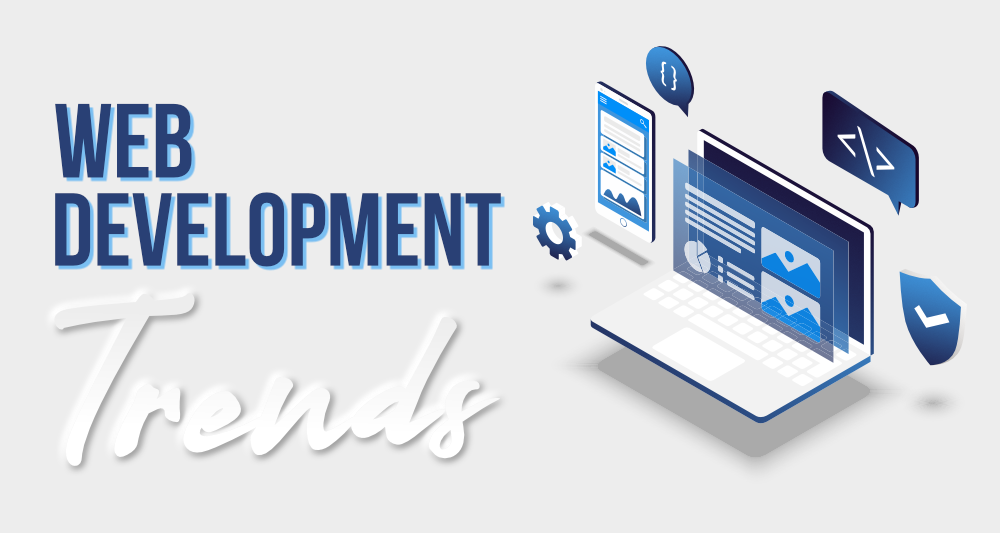Top Web Development Trends to Watch in 2023


The web development landscape is constantly evolving, with new technologies, frameworks, and methodologies emerging at a rapid pace. As we move through 2023, several key trends are shaping the future of web development and how developers approach building modern web applications.
1. AI-Powered Development Tools
Artificial Intelligence is revolutionizing the way developers write code. AI-powered tools like GitHub Copilot and other code assistants can suggest code completions, generate entire functions, and help developers work more efficiently. These tools analyze vast repositories of code to provide context-aware suggestions, reducing development time and helping developers learn new patterns and techniques.
The integration of AI into development workflows is just beginning, and we can expect to see more sophisticated tools emerge that not only assist with coding but also help with debugging, testing, and optimization.
2. WebAssembly (Wasm)
WebAssembly continues to gain traction as a powerful technology that allows high-performance code written in languages like C, C++, and Rust to run in the browser. This opens up new possibilities for web applications, enabling developers to build more complex and computationally intensive applications that run at near-native speed.
As WebAssembly matures, we're seeing increased adoption in areas such as:
- Gaming and interactive experiences
- Video and audio processing
- Scientific simulations and visualizations
- Porting existing desktop applications to the web
3. Serverless Architecture
Serverless computing continues to transform how web applications are built and deployed. By abstracting away server management and infrastructure concerns, serverless allows developers to focus solely on writing code that responds to events.
The benefits of serverless architecture include:
- Reduced operational costs (pay only for what you use)
- Automatic scaling based on demand
- Decreased time to market
- Simplified deployment processes
As cloud providers enhance their serverless offerings and tools improve, we're seeing more complex applications being built entirely on serverless infrastructure.
4. Edge Computing
Edge computing is moving processing closer to where data is generated, reducing latency and improving performance for users worldwide. With platforms like Vercel, Cloudflare Workers, and Deno Deploy, developers can now run JavaScript at the edge, enabling new patterns for building globally distributed applications.
Edge functions and computing are particularly valuable for:
- Content personalization
- Real-time data processing
- Reducing load on origin servers
- Improving application responsiveness
5. Progressive Web Apps (PWAs)
Progressive Web Apps continue to bridge the gap between web and native applications. PWAs offer offline functionality, push notifications, and app-like experiences while maintaining the reach and accessibility of web applications.
With improved browser support and development tools, PWAs are becoming a standard approach for delivering cross-platform experiences without the friction of app store installations.
Conclusion
The web development field remains dynamic and exciting, with new technologies constantly emerging to solve complex problems and improve user experiences. By staying informed about these trends and selectively adopting those that align with project requirements, developers can build more powerful, efficient, and user-friendly web applications.
As we move forward, the lines between web, mobile, and desktop development will continue to blur, creating new opportunities for developers to innovate and push the boundaries of what's possible on the web.

Alex Johnson
Senior Developer
Alex Johnson is a Senior Developer with over 10 years of experience in web development. He specializes in frontend technologies and has worked with numerous startups and enterprise clients to build scalable, user-friendly web applications.
Related Articles
Enjoy this article?
Subscribe to our newsletter to receive the latest insights and updates from our team.
